A split-rail fence can be a good addition to your property. However, these fence types are prone to dirt buildup over time. So you may ask, can you power wash a split rail fence? And how do you clean it? We researched this topic and here is what we gathered.
Yes, you can power wash a split rail fence. However, if the wood is untreated, then it is not advisable to do so.
In addition, you should be careful when you use a power washer to clean wood fences. And since wood has different strengths, it is also suggested to use the appropriate amount of pressure when cleaning them.
Stay with us as we discuss how to properly clean a split-rail fence with a power washer. In addition, we'll cover how much pressure should you use and what power washer nozzle to use.
We'll also dive into the types of equipment to use and what factors to consider when choosing the right power washer to use. Please, keep reading.
![A decorative white split rail fence, Can You Power Wash A Split Rail Fence? [How To Clean It]](https://fencefixation.com/wp-content/uploads/2022/06/Can-You-Power-Wash-A-Split-Rail-Fence-How-To-Clean-It.png)
How To Power Wash A Split Rail Fence
When power washing a split rail fence, there are three important things you need to do. These are as listed below
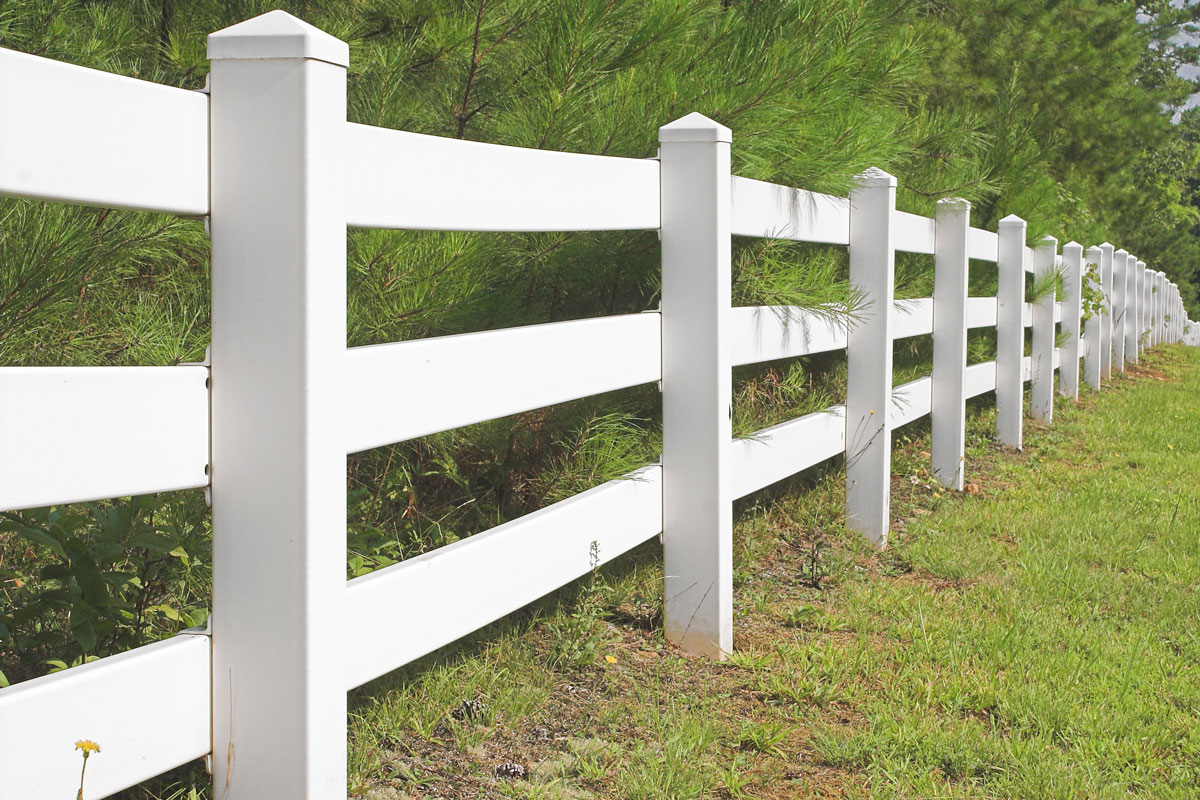
Area Preparation
Having a safe area prepared, clear of any debris or clutter, is essential to perform this task. You'll want to make sure there aren't any branches, leaves, or other loose items, such as yard ornaments, that could fly up and damage the fencing while power washing.
Set up the power washer on a clear, level surface. Follow the machine's instructions to prepare it for spraying.
Cover any nearby landscaping, outdoor furniture, and power outlets to keep them dry if they are accidentally sprayed.
Power (or Pressure) Washing
Saturate the soil on the surrounding landscaping where you'll be power washing the fence. You can use a watering can or a hose, whichever is handy. Saturated soil is less likely to absorb runoff containing cleaning agents, to prevent harm to your plants or soil erosion.
Follow the instructions on your cleaning solution to fill the power washer with the appropriate water-to-cleaner ratio. Now, you're ready to wash! Spraying the fence from the bottom up is a good technique for even cleaning.


Check out this Fence Cleaner on Amazon
Allow the cleaning solution to soak into the fence for a few minutes, then thoroughly rinse the area. Use the same technique to rinse, spraying from the bottom up for even application.
Helpful Tips
- Work in small, manageable sections; just two or three boards at a time. This ensures an even cleaning solution coverage, and even rinsing afterward.
- Always text your power washer spray nozzle on a small area of the fence before getting started. This way, you'll be able to adjust so not to use too much pressure that would damage the wood.
How Much Pressure Should You Apply When Cleaning A Wood Fence?
Cleaning your fence with a PSI of 500–800 for softer lumber should be enough. But if your fence is composed of harder wood, a PSI of 1200–1500 might be required to clean it properly.
You can test the PSI on a small region before power washing the whole fence to see what works best with the wood type you have.
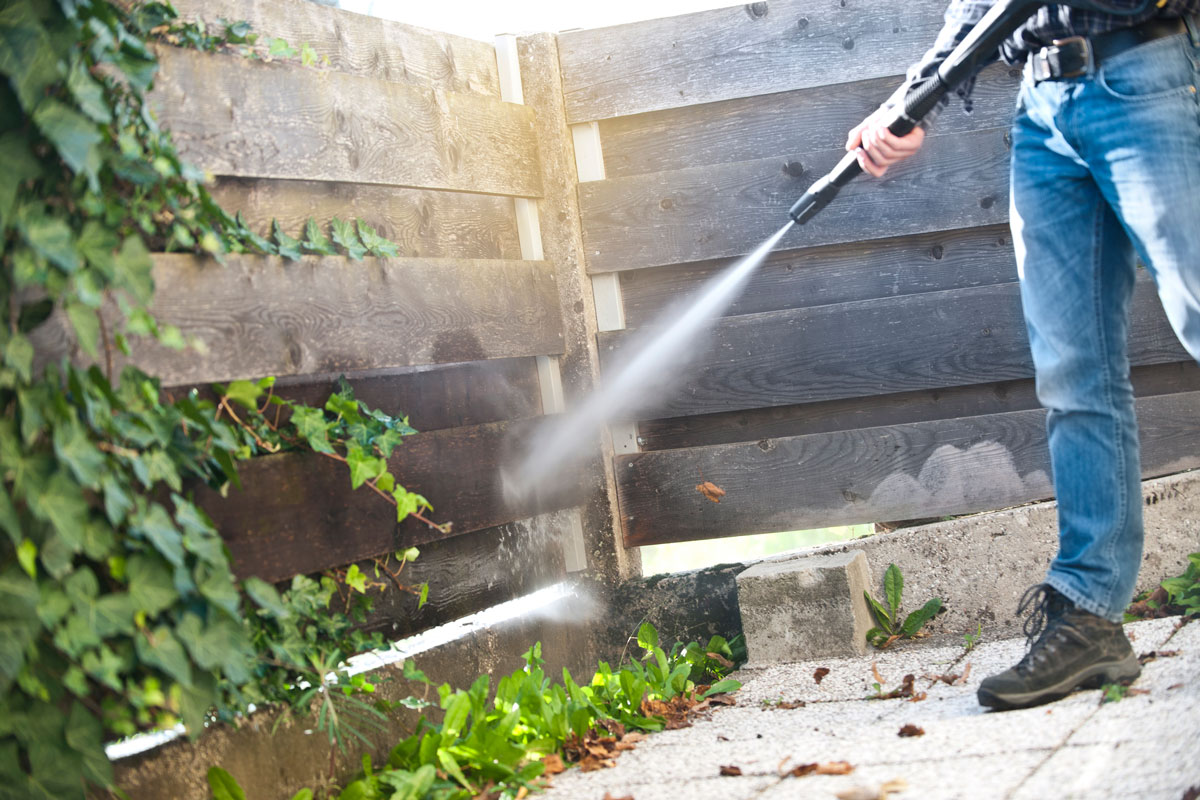
What Type of Nozzle To Use In Power Washing Wood Fences?
The green nozzle tip with a 25-degree angle is ideal for general pressure cleaning. Anything less than that won't be strong enough to clean your fence effectively, and anything too big could cause the damage we're wanting to avoid.
However, if you come into thick filth or badly stained portions of the fence, you may need to move to a 15-degree yellow-tipped nozzle.
Gas Vs. Electric Power Washers: Which To Choose?
Knowing what power washer type best suits your cleaning work is essential. In general, there are two types of pressure washers you can use:
- electric
- gas-powered
Power washers, both electric and gas-powered, can cover most of the outdoor cleaning tasks that a regular homeowner might encounter.
Electric Power Washers
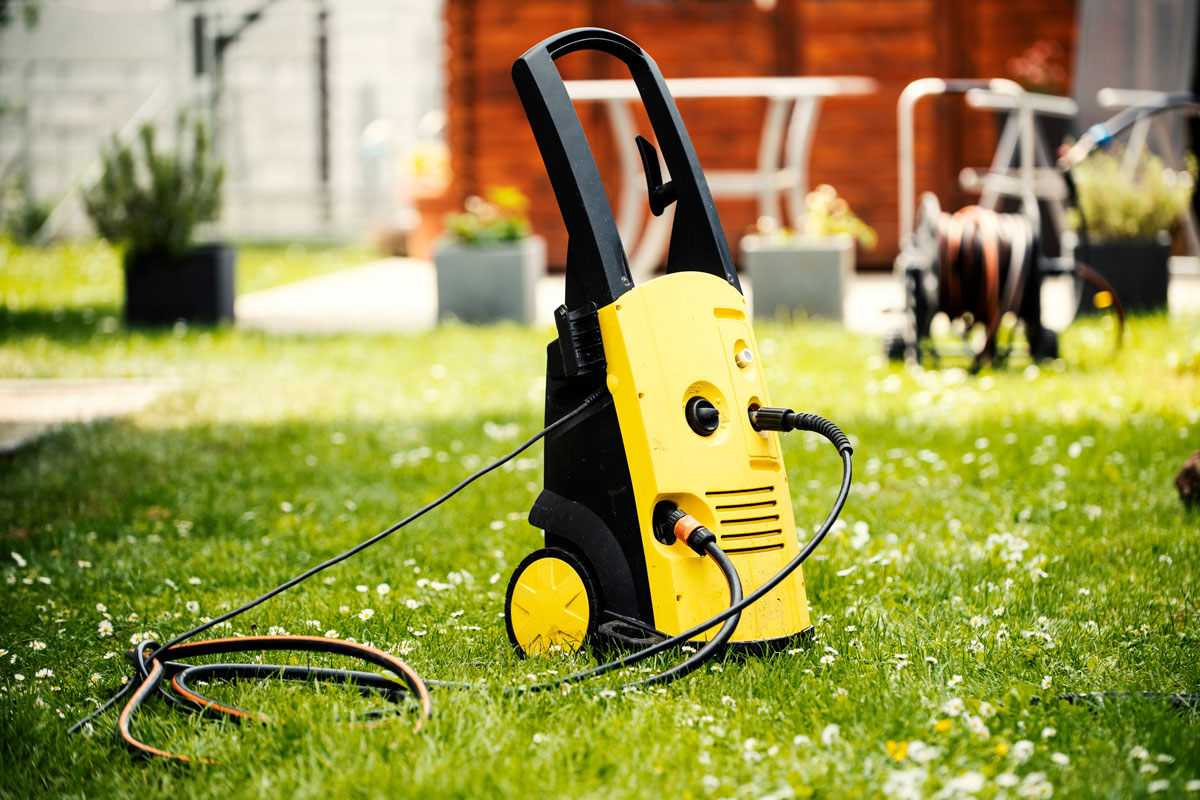
Electric power washers offer simplicity, with a push button start these lightweight machines are easy to operate. They tend to run quietly, compared to gas-powered washers, and require little maintenance. Choose from corded or battery powered models.
Some of these highly portable, handheld devices come with detergent reservoirs, adjustable nozzles, or brush attachments, making them easier to store. Electric power washers are handy for cleaning your fence and outdoor furniture, grill, or siding.
Gas-powered Power Washers
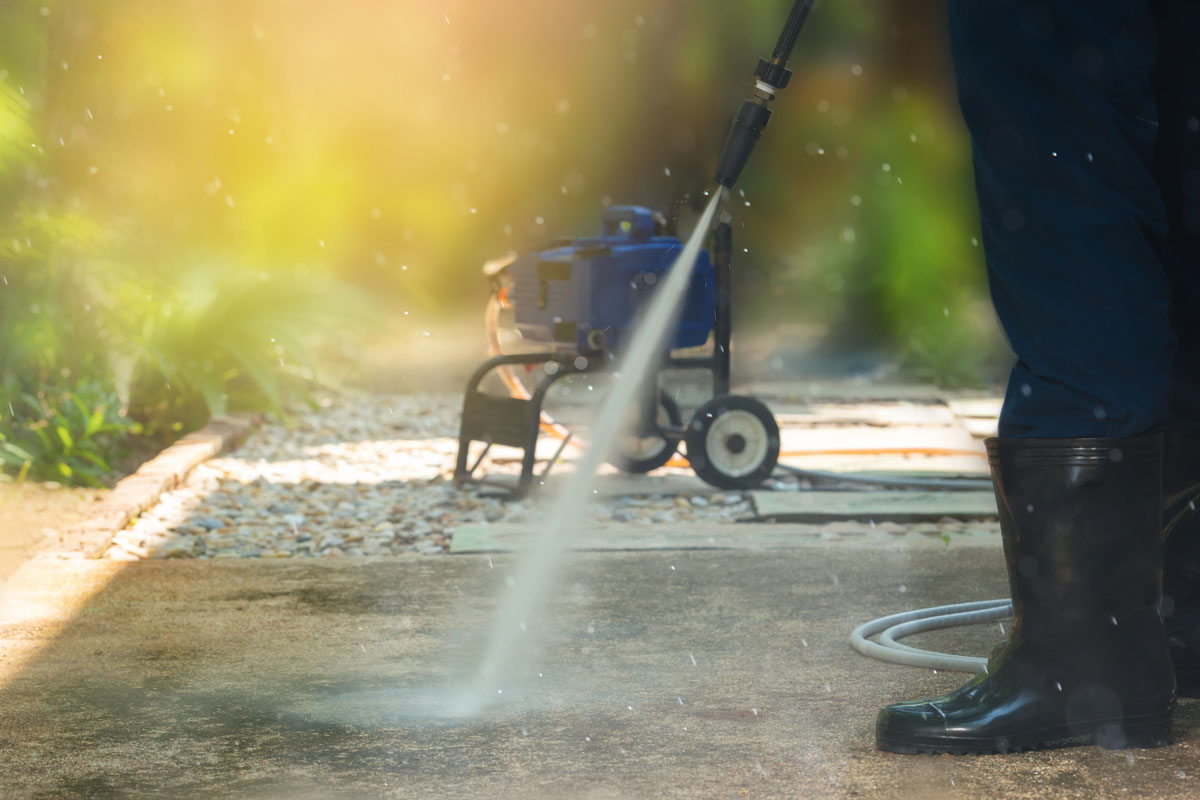
Gas models pack a heavier "punch" to wash larger areas. Most operate using a manual pull starter, but some others have a push-button electric starter for one-handed operation. However, these power washers are noisier and emit odor from the gasoline.
These power washers can be cumbersome to set up and move around, but they are great tools for cleaning larger areas like driveways, patios, and decking.
What Are Some Factors To Consider In Choosing The Right Power Washer?
The features of a power washer can determine its strength and dependability to clean your outdoor surfaces. You should consider the following aspects while looking for a pressure washer:
- PSI
- Flow rate (GPM)
- Nozzle size
- Wand
- Mobility
- Detergent tanks
PSI
The PSI measures the water stream intensity, or water pressure, in pounds per square inch. It varies per pressure washer type. The higher the PSI, the stronger the water pressure.
Flow Rate (GPM)
This is the rate of water movement inside the unit to the nozzle. GPM or gallons per minute is a good indication of how strong the power washer will be, how readily it can remove grime. A high GPM means powerful, quick cleaning capability.
Here is a list of power washer categories based on their PSI and GPM ratings:
Light Duty
These power washers are ideal for modest work around the house, with ratings ranging from 1,899 PSI at 0.5-2 GPM. These compact, lightweight machines are great for cleaning outdoor furniture, barbecues, and automobiles.
Medium Duty
These washers produce between 1,900-2,788 PSI at 1-3 GPM. These sturdier, more powerful devices are ideal for home and shop use, making it simple to clean everything from exterior paneling and fences to patios and decks.
Heavy Duty & Commercial
Heavy-duty power washers start at 2,800 PSI and flow rates of 2 GPM or above. While power washers for commercial use begin at 3,100 PSI and can have GPM values as high as 4.
Many large-scale cleaning operations, such as scrubbing decks and driveways, washing two-story homes, removing vandalism, and stripping paint, are made simple by these powerful machines.
Nozzle Angle
The water pressure and spread are determined by the nozzle size. Individual nozzles are available in sizes ranging from 0 to 65 degrees.
The water stream is more forceful when the nozzle is narrower. While a broader nozzle uses less force, it has a wider spread, which might speed up the job if the stains aren't too stubborn.
Get this nozzle set on Amazon.
Among the settings and nozzles are:
| Nozzle Angle | Color Code | Description/Uses |
| 0 degrees | Red | most effective; concentrated nozzle setting |
| 15 degrees | Yellow | used for heavy-duty cleaning |
| 25 degrees | Green | used for general cleaning |
| 40 degrees | White | for cars, patio furniture, yachts, and easily damaged surfaces |
| 65 degrees | Black | low-pressure nozzle for applying soap and other cleaning chemicals |
Wand
This accessory allows you to change the spray width or water pressure of your washer without having to change the nozzle.
Get this power washer wand on Amazon.
Mobility
Electric power washers usually weigh between 15 and 60 pounds, whereas many gas-powered washers weigh well over 100 pounds.
Detergent Tanks
Power washers can include an onboard detergent tank that carries a cleaning solution that is pressured with water and released via the spray cannon with the flip of a switch.
If your power washer does not have a detergent tank, you can mix the detergent into the water via a siphoning hose.
Safety Tips When Using A Power Washer
While the main task is to clean your fence, you need to be careful when you do the job. Here are some safety tips for you:
Examine The Manual
Reading a handbook is frequently regarded as a waste of time, but power washers could be dangerous, and manufacturers go to great lengths to ensure they provide the best advice possible.
Wear Safety Gear
Power washers are forceful, and you can easily hurt yourself. Avoid wearing shorts or thong sadals; instead, use protective goggles, gloves, and protective shoes.
Avoid Touching
Never put any body part in front of the sprayer, and never spray it toward another person or an animal. Also, keep toddlers and pets at a safe distance.
Don't Use Ladders
Power washers can have quite a push to them considering the amount of power they produce. Avoid balancing or standing on anything, as this is a disaster waiting to happen.
For reaching great heights, extension lances are the way to go.
In Closing
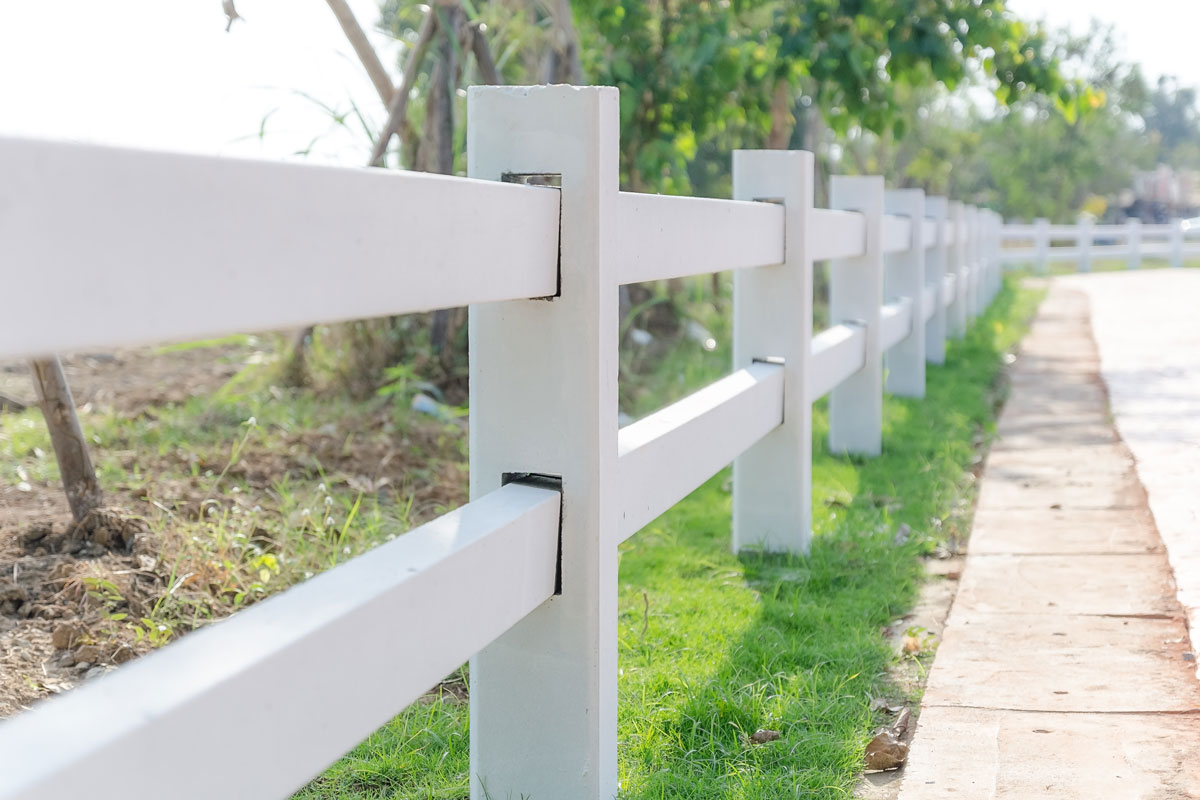
Power washing your split rail fence is a great way to clean it. However, you need to be careful when using it, and you should use the right amount of pressure and nozzle type to avoid damaging your fence.
Before we part ways, you can check out these articles on this page:




![A grass meadow and a small fence next to a small pond, How Long Does Split Rail Fence Last? [And How To Prolong Its Life]](https://fencefixation.com/wp-content/uploads/2022/06/A-grass-meadow-and-a-small-fence-next-to-a-small-pond-600x400.jpg)

![White rail fence leading along cornfield and deep blue sky. How Tall Are Split Rail Fences [Inclding 2, 3, & 4 Rail Heights]](https://fencefixation.com/wp-content/uploads/2022/06/White-rail-fence-leading-along-cornfield-and-deep-blue-sky.-How-Tall-Are-Split-Rail-Fences-Inclding-2-3-4-Rail-Heights-600x400.png)